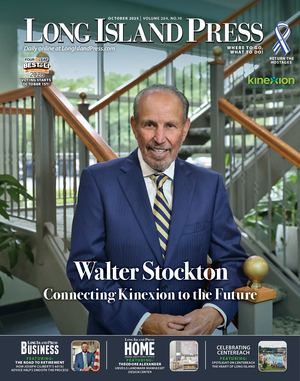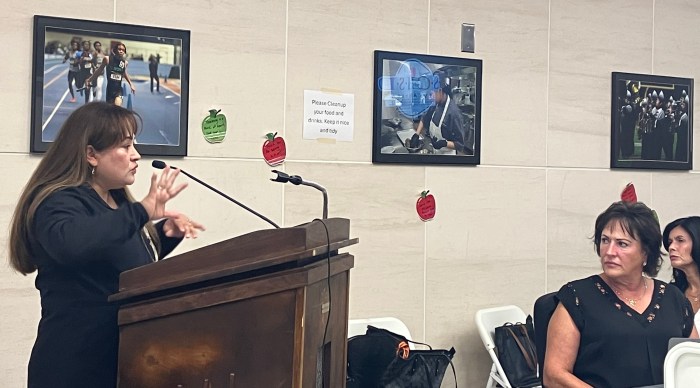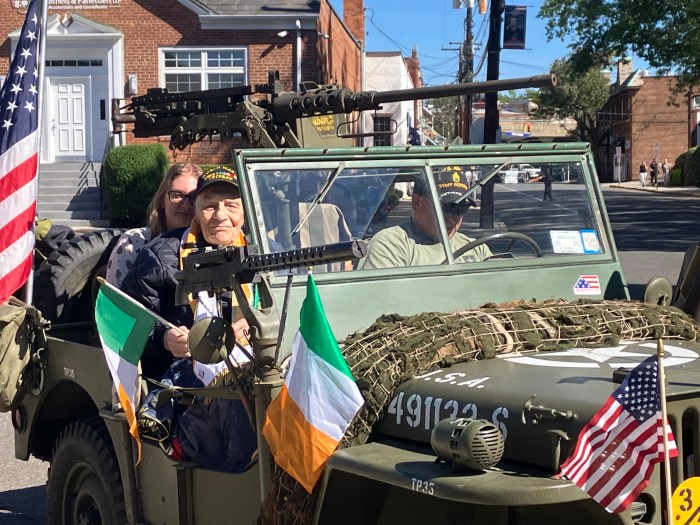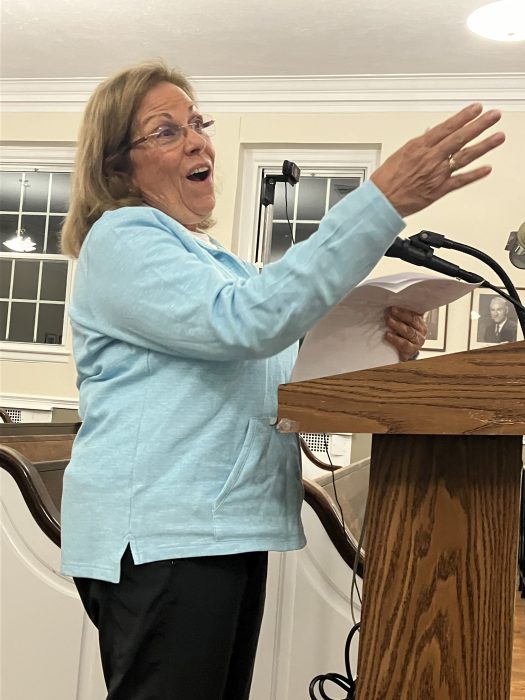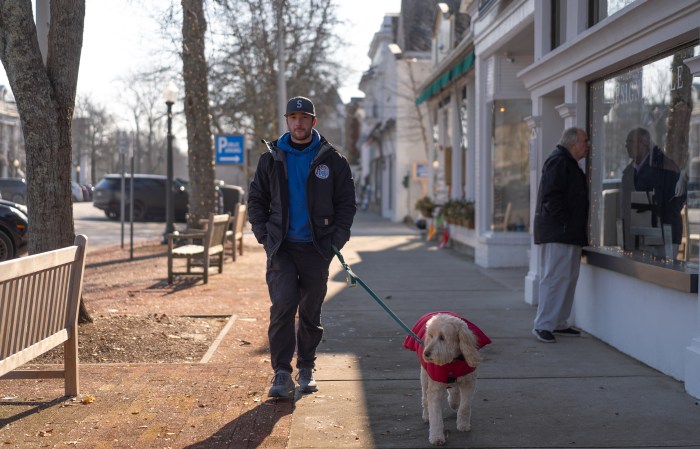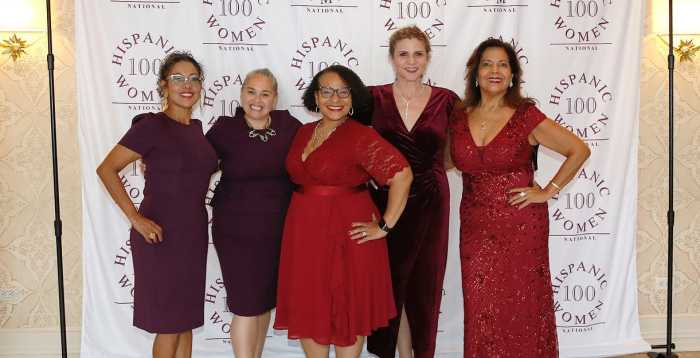Cataloging, digitizing project is ongoing
Established in late 1999, the Floral Park Historical Society (FPHS) continues to move forward with its mission to promote historical research and educate residents about the rich history of Floral Park and Long Island. Over the past 14 years, the society has garnered a collection of artifacts that range from early 1900s newspaper clippings to a charred AMF bowling pin from the bowling alley that blew up in 1987. So, how did FPHS get its roots?
“In the late 1990s, a group of people thought it would be a good idea to have a historical society,” said FPHS president Ann Corbett.
“The village historian thought that this was a good idea, so a group of us met in the parlor of the Methodist church, which is the oldest church in Floral Park. We discussed it and decided to move ahead. In 1999 we got our state provisional charter and so we were really on our way.”
Walter Gosden, who was the village historian at the time and still holds that post today, served as the first president. The group put together bylaws and formed a board of directors. The society currently has a couple hundred members, according to Corbett.
While FPHS looks to increase membership, members and nonmembers alike are welcome to attend monthly meetings, which are held September to June in Centennial Hall, home to the society’s archives and museum. A recent meeting featured the “Braddock Boys,” a group of youngsters who grew up in nearby Bellerose and hung around Braddock Park. Many of them now live in Floral Park and other communities across Long Island. FPHS aired a documentary at the meeting and had several original Braddock Boys on hand to answer questions about what life was like more than half a century ago.
Skipping ahead several decades, Floral Park high school student Kaitlyn Felicetti recently earned her Girl Scouts Gold Award by compiling a photo history album—titled “Time Capsule for Floral Park Businesses—2013”—that contains 250 labeled photos of storefronts and commercial establishments along Jericho Turnpike and Tulip and Covert Avenues. Kaitlyn has decided to take her project one step further and is working with the FPHS to create a flip chart to display photos that show changes that have occurred in Floral Park’s commercial areas since the 1980s, the last time a similar album was compiled, to be on permanent display at the museum.
The museum and archives are also rich with memorabilia from the town’s founder, John Lewis Childs, who established the first seed catalog business in America, became a New York State Senator and was a world-famous collector of bird artifacts.
FPHS’ primary long-term goal is to catalog the museum’s thousands of historical items using PastPerfect Museum Software, which the village purchased through a grant from Nassau County. The project was started a year ago and is ongoing. Each item will be scanned or photographed and then cataloged into the system. The PastPerfect software will help the society keep track of and record an item’s location, provenance, condition and donor information. Key words are used for researchers’ inquiries and show pictures of items. The system can also relate similar objects and themes within different collections for future exhibits.
FPHS welcomes all donations, monetary or otherwise, including physical artifacts, old posters, postcards, directories and photographs.
For more information about making a donation or becoming a member, visit the society’s website (www.floralparkhistoricalsociety.org) or contact Ann Corbett at (516) 775-6849 or anncorbett@att.net.
